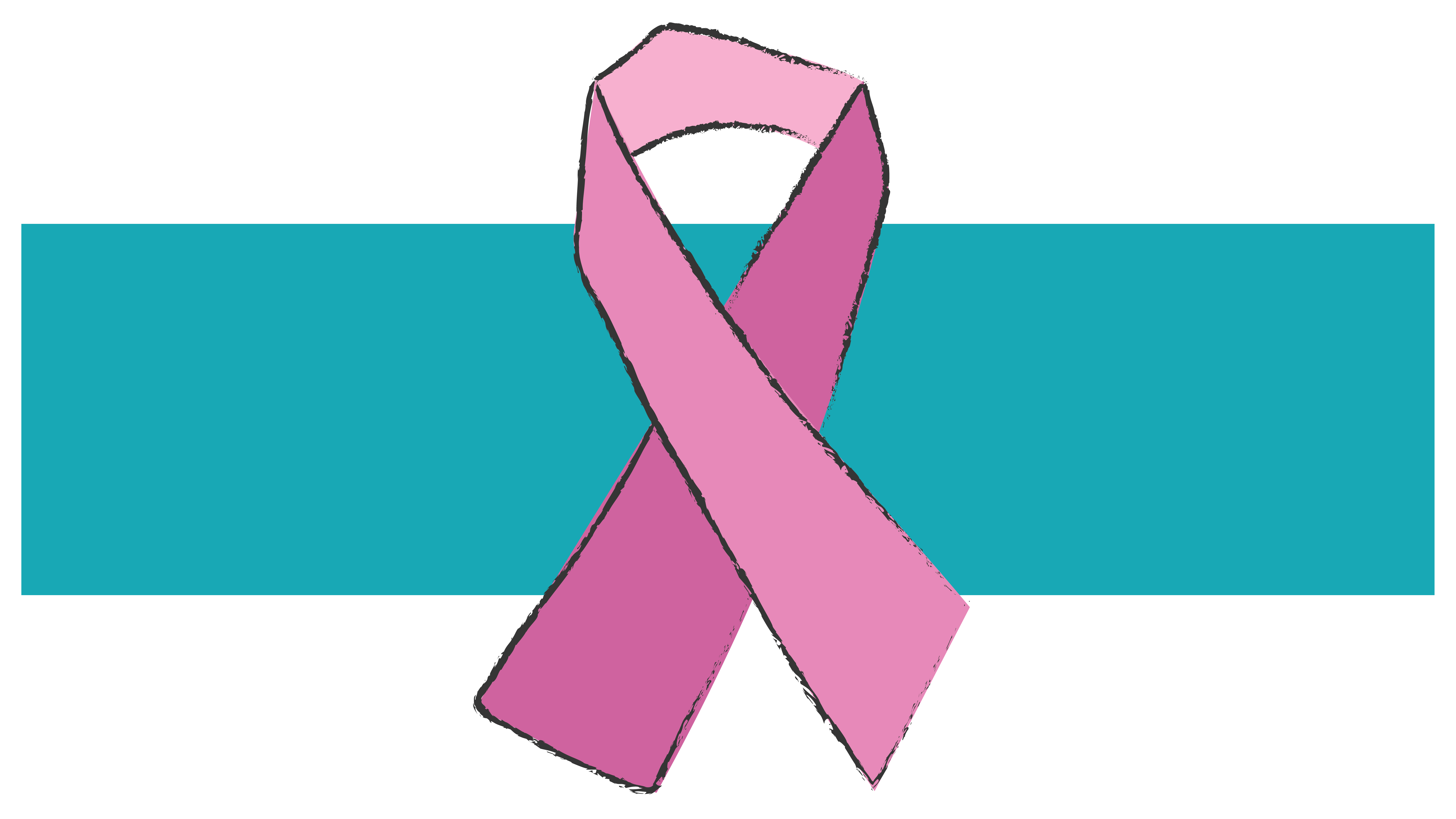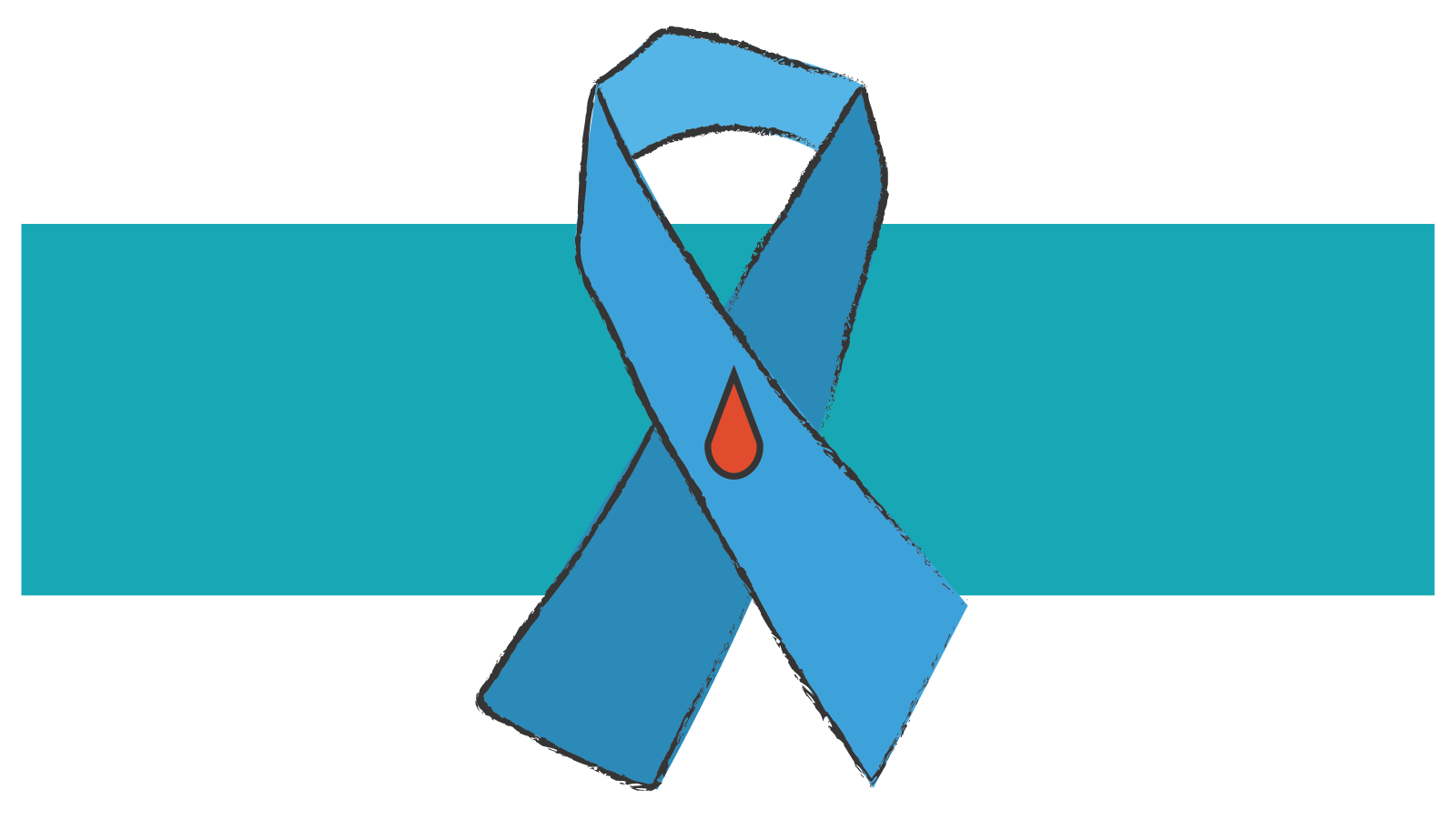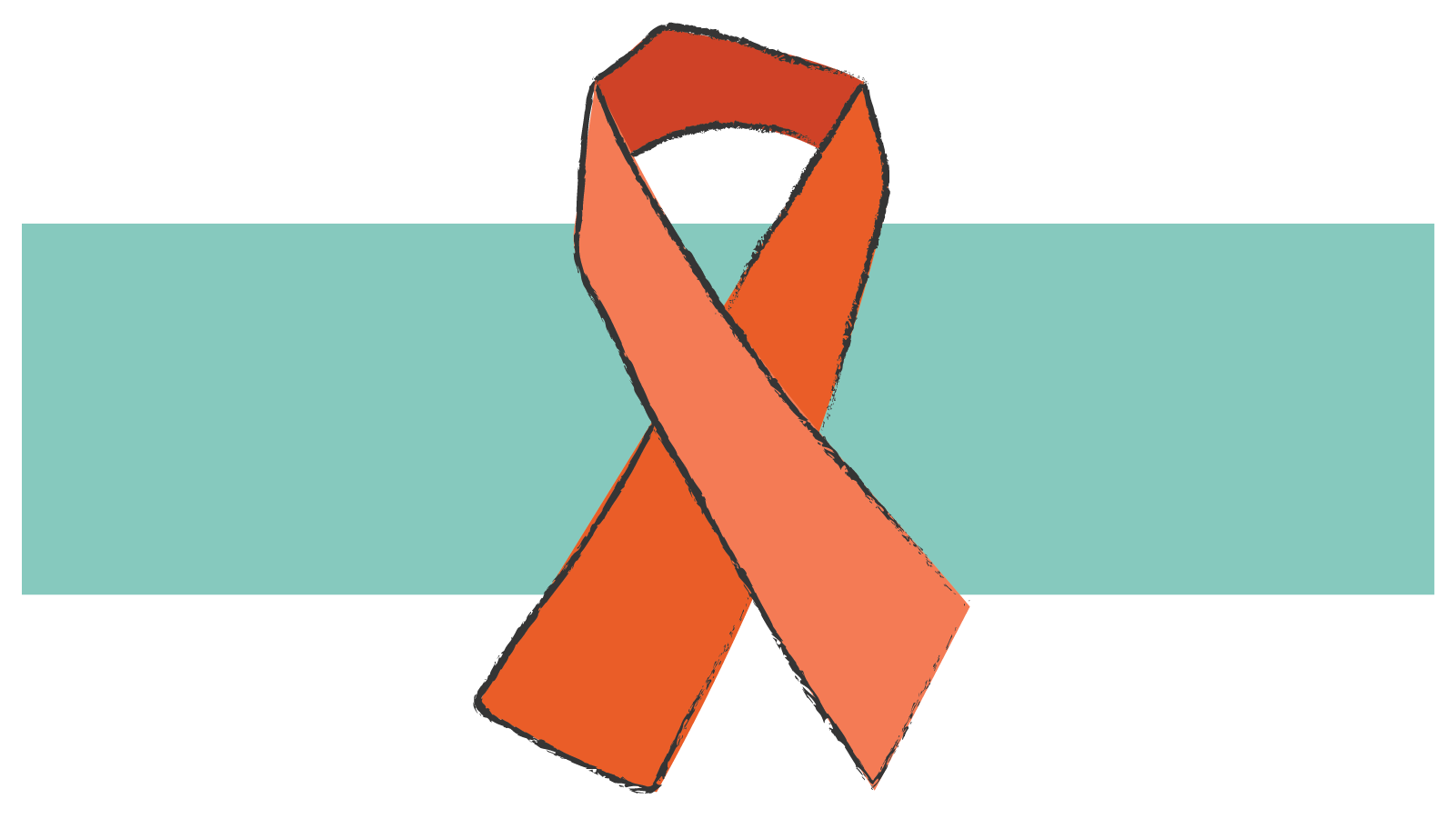Diabetes Awareness Saves Lives!
As the number of diagnosed diabetes cases reaches 37.5 million in the United States, people living with the disease are seeing hope for new and...

More than 3.8 million breast cancer survivors live in the United States – that includes patients being treated and who have completed treatment.
Every October, we take care to draw attention to breast cancer prevention, treatment, and survival. According to the American Cancer Society, there is a 1 in 8 chance for a woman living in the United States to develop breast cancer – conversely, 7 out of 8 women will never face a breast cancer diagnosis. But for the 1 (and the 7), awareness of risks makes a life-changing difference.
Breast cancer risk increases with age, with risks increasing further with incidence of radiation exposure, family history of breast cancer, and obesity.
When cells in the breast grow abnormally, these cells can develop into cancer in one or more areas of the breast – lobules, ducts, and connective tissue (fibrous and fatty tissue). If undetected and untreated, breast cancer can spread through blood vessels and lymph nodes to other parts of the body.
MayoClinic.org reports these red-flag symptoms to look for during a breast self-exam (BSE).
It is important to note that some breast cancers can be asymptomatic and detectable only through regular preventive screening. Report any and all changes to your doctor immediately and follow up with screening recommendations.
Many factors over the course of a lifetime can influence the risk of breast cancer. Some risks are incidental, such as genetics and aging process. What we know now, indicates lowered risks among people who take care of their health in specific ways, according to the CDC:
If you think you are at risk of cancer, are living with cancer, are a cancer survivor, or want help getting on the right prevention track, call your Customer Experience Advocate team to see if you qualify for personalized care services. Our Customer Experience Advocates will help you find out if you qualify for this no-cost personalized service and connect you with the care you need.
Check your Healthcare Highways Health Plan ID card for your Customer Experience Advocate team's phone number, or reach out online. We'll take it from there!"

As the number of diagnosed diabetes cases reaches 37.5 million in the United States, people living with the disease are seeing hope for new and...

Diabetic retinopathy is a complication of diabetes, caused by high blood sugar levels damaging the back of the eye. Can cause blindness if not...

Since 1988 World AIDS Day has been on the 1st of December. Notated by the red ribbon, the international day is dedicated to raising awareness about...